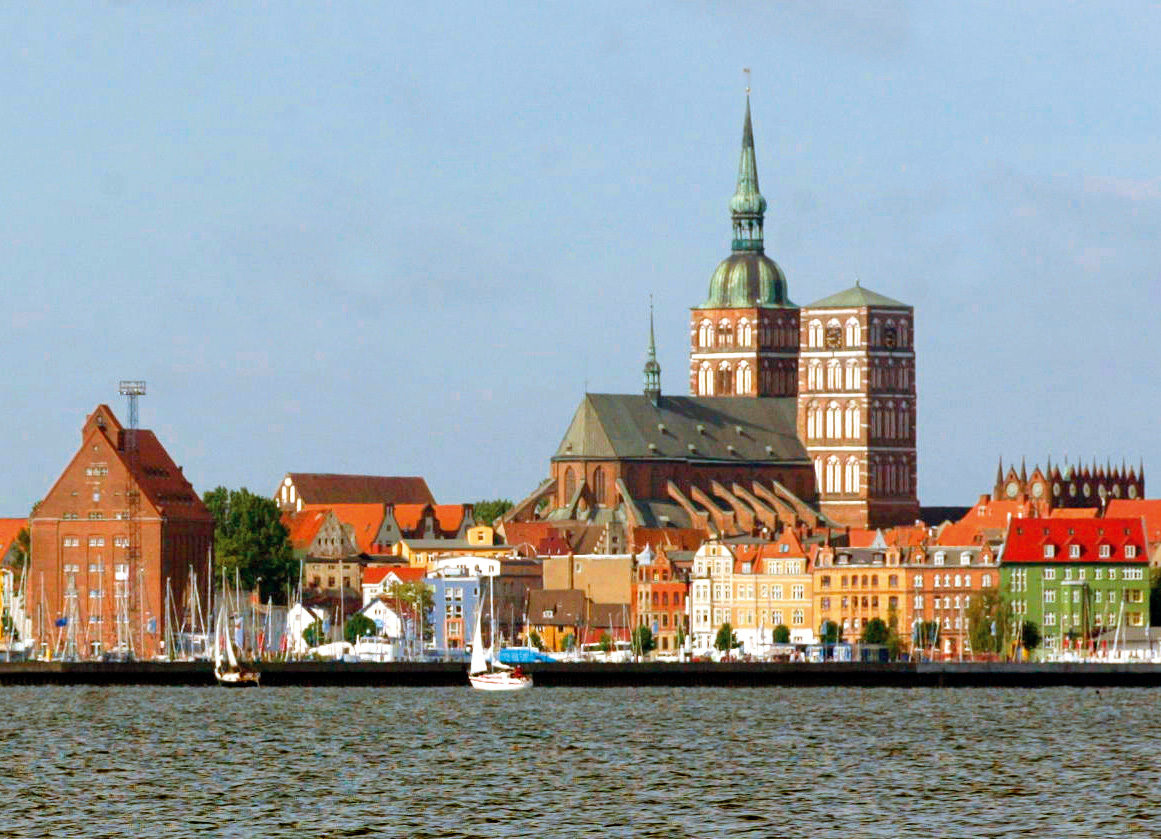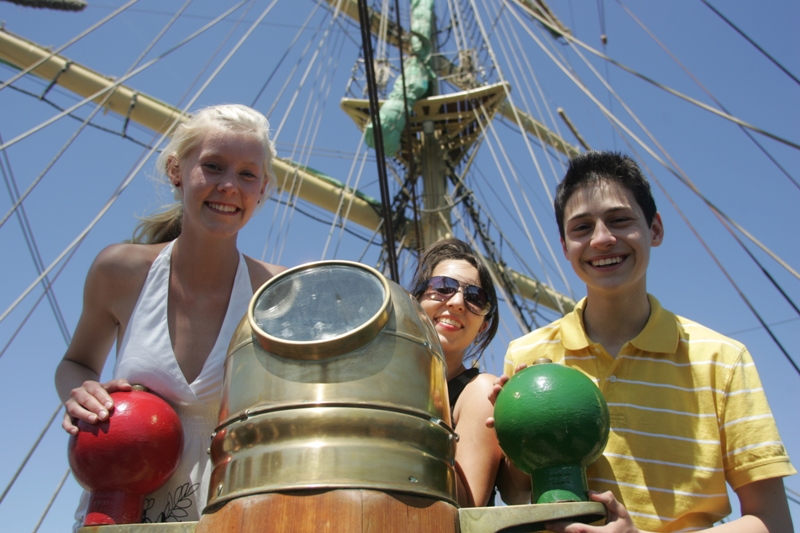The Baltic Sea had a large impact on the northeast of Germany
With the Baltic Sea and its wonderful beaches, extensive forests, shimmering lakes and historical city centres with their characteristic redbrick houses, Mecklenburg-Western Pomerania acts like a magnet: People looking for some time to relax, marvel at its beautiful, natural scenery or searching for inspiration for artistic projects are all drawn to this region in the northeast of Germany.
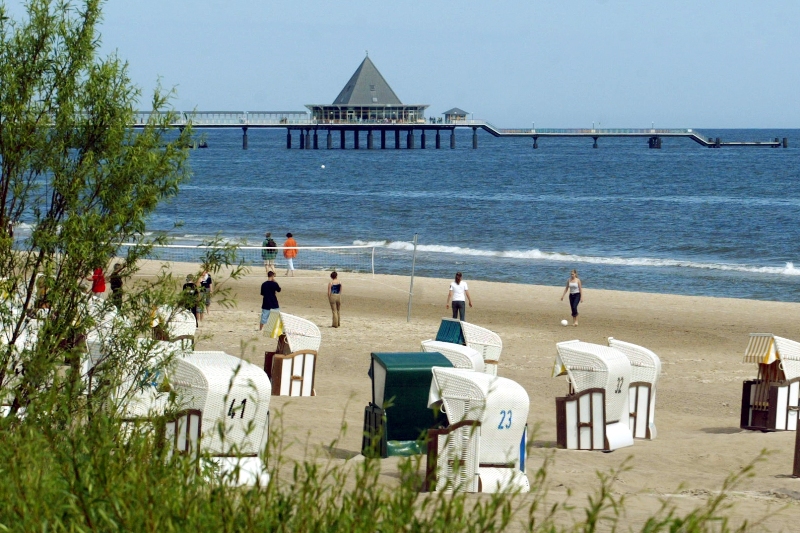
Mecklenburg-Western Pomerania’s coastline, which stretches over 400 kilometres, is especially attractive. 200 years ago they founded the first classy seaside resorts like Warnemünde and Heiligendamm, which are the oldest seaside resorts on the European continent. Piers and the white villas, that combine different architectural styles (“spa style”), are typical for the area. The longest pier stands in Heringsdorf. Just like in the 19th Century, visitors can stroll half a kilometre out over the sea. The youth hostel on the other hand is not that far out: In
Binz and in
Heringsdorf the youth hostels are situated in buildings typical for the area – directly on the town promenade!
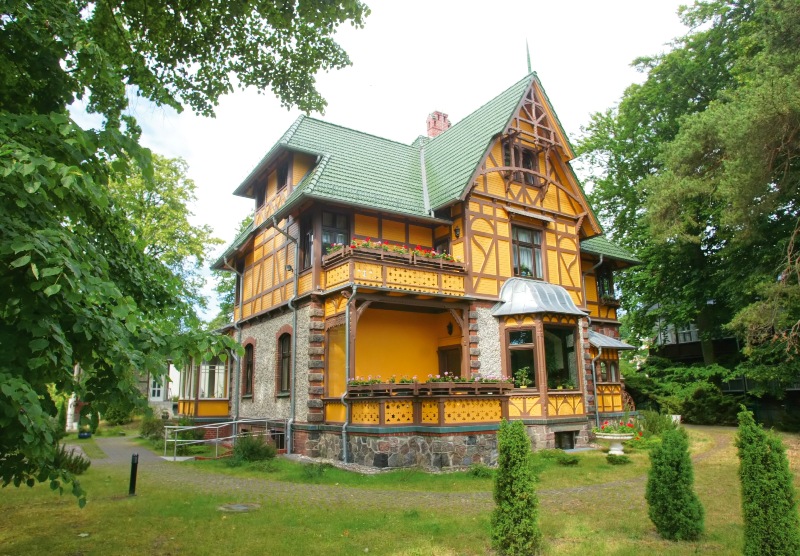
Environment and traditional building styles are the centre of attention. On Rügen, Germany’s largest island, small holiday villages can be explored. The thatched-roof houses with their colourfully embellished wooden doors are unique for the peninsula Fischland-Darß-Zingst. The Baltic spa Ahrenshoop has always been known as a village for artists. Visitors can experience the wonderfully idyllic and calm atmosphere of the region in a number of youth hostels, such as our
youth hostel in Barth, which doesn’t just have it’s own bathing area, but also an equestrian centre.
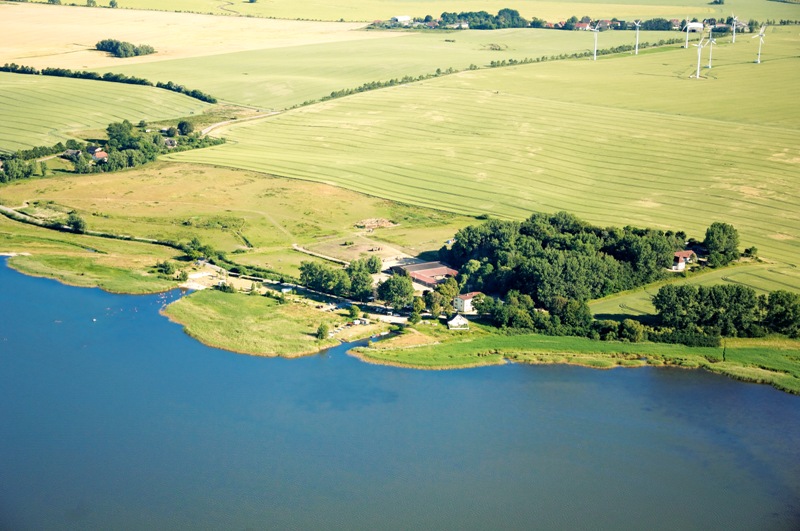
In the Middle Ages, six towns in Mecklenburg-Western Pomerania belonged to the confederation of merchant guilds and their market towns called “Hanse”. They still carry the official title “Hansestadt”. Wismar and Stralsund bear testimony to the importance of maritime trade; the UNESCO has declared their city centres as world heritage sites. Visitors are welcome in our modern youth hostels located close to the city centre in both
Wismar and
Stralsund
Bright red town walls, church towers and town houses are typical for Mecklenburg-Western Pomerania. Around the Baltic Sea, medieval redbrick buildings characterise streets and whole towns. A good place to take a closer look at this architectural style is
Burg Stargard, the northernmost hill castle in Germany – with our youth hostel just around the corner.
To protect the diversity and beauty of the environment in Mecklenburg-Western Pomerania, 20% of the land area is protected – unique in Germany. Three national parks, three biosphere reserves and seven nature parks can be explored. Particularly attentive visitors can spot white-tailed eagles, ospreys and cranes. Otters and beavers also feel at home here. Foot- and cycle paths are excellent ways to discover the environment. Our youth hostels cooperate closely with the national parks so they are able to offer adventure tours and much more!
The Müritz, Germany’s largest inland lake, has a lot to offer for fans of outdoor activities. An ideal starting point for your exploration of the region is our
hostel in Waren. Its lakeside location will encourage you to go swimming, sailing or canoeing or perhaps cycling or hiking are more to your liking.



